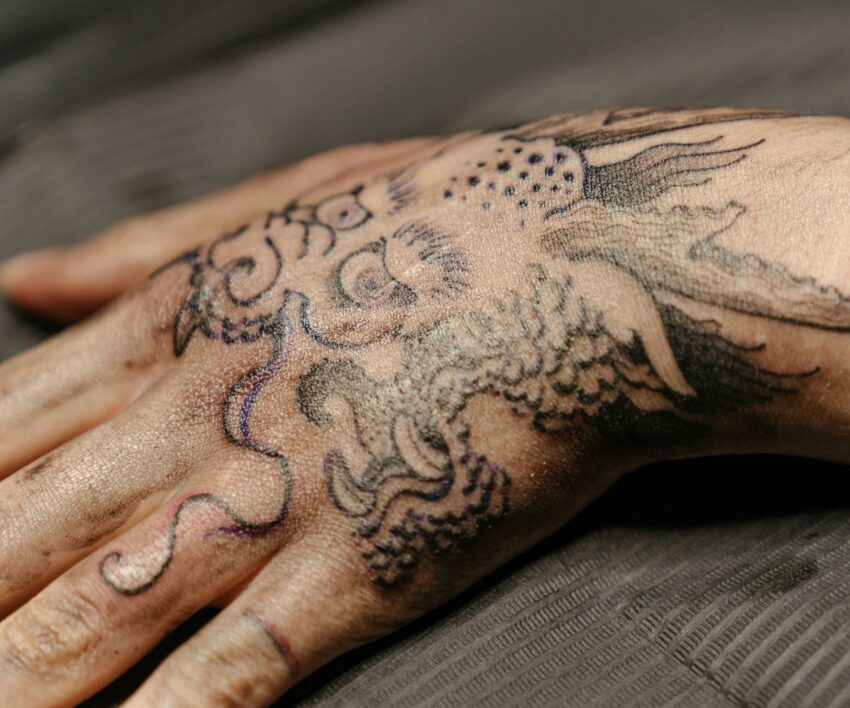
Ever since the 1970s tattoos have become quite popular in our modern-day culture. This is due to the increasing number of celebrities that have begun to embrace body ink.
Over time, what was initially seen as taboo became a symbol of art and self-expression by having some form of ink done to their bodies.
The designs these days vary from artworks that display significant dates, or portraits, all the way to those using their bodies as a canvas to showcase some of their deepest passions.
While most tattoos are seamlessly perfect there are often the odd occasions where things just turn out as planned leaving the tattoo client extremely disappointed with the outcome.
While tattoos are often a permanent thing, there are ways of getting rid of your regretful art either by doing a cover-up or fully removing them with a laser.
If you find yourself wanting to choose the latter, we have a list of things you need to know before getting it done.
How the procedure works
According to medical publication Cleveland Clinic, the patient is often provided with eye shields to protect their eyes from the bright rays of the laser. Thereafter the client’s skin is tested to determine the most effective energy for the treatment.
Meanwhile, the publication explains: “The treatment itself consists of placing a handpiece against the surface of your skin and activating the laser light repeatedly (pulse) over the surface of the tattoo.”
Not all tattoos can be removed
Laser removal expert Laser Away explains that people who opt to have their tattoos removed should be open-minded to the fact that not all tattoos are able to be removed.
It is said that many tattoos only begin to fade after multiple treatments, some of the more difficult tattoos to remove include red, yellow green tattoos.
Older tattoos get removed quicker
Due to the number of years in which the ink is on the body, older tattoos tend to fade much easier than some of the newer tattoos explains the above-mentioned source.
“For instance, a black tattoo that is ten years old may take one or two treatments less than a one-year-old black tattoo. Why? Because the body has already absorbed some of the tattoo’s pigment throughout the years, making it easier to fade,” explains Laser Away.
Treatment
Cleveland Clinic reveals that the curing process usually involves treating the area with an ice pack. This can be followed up by taking an anti-biotic cream and using a bandage to protect the area. Meanwhile, you are cautioned not to walk directly in the sun and cover the area with sunscreen.
Also see: 5 Tips to grow your glutes at home




